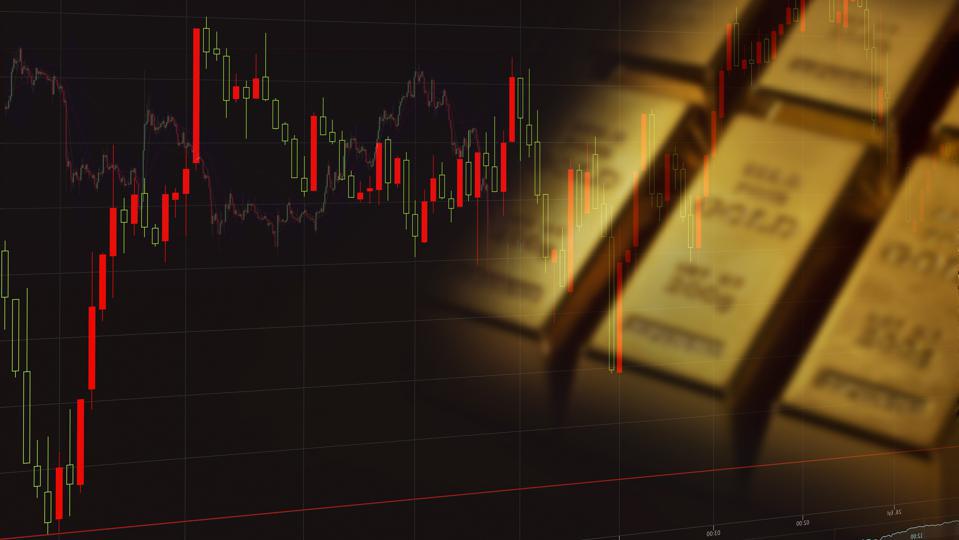Ahead of the US Federal Reserve (Fed) meeting in June, precious metal prices such as gold, silver and platinum tend to cool down slightly. However, the medium-term trend is still expected by experts to continue to increase in the second half of 2024, with the belief that the Fed is about to pivot its policy, uncertain risks from geopolitical factors and encouragement from supply and demand side.

Expectations that the Fed will lower interest rates are the main driving force pushing up precious metal prices
The first half of 2024 witnessed a boom period in the precious metals market as investors turned their attention to the Fed’s steps, especially in the context of inflation in the US showing signs of cooling down. According to data from the Vietnam Commodity Exchange (MXV), exceeding the growth rate of gold prices, silver prices have increased more than 25% since the beginning of the year.
Besides the need for investment to shelter from the impact of geopolitical conflicts, one of the main reasons supporting the increase in silver prices comes from expectations that the Fed will lower interest rates this year.
Back in early March, when silver prices began to surge strongly, the market expected the Fed to cut interest rates 3 to 4 times starting in June.
This caused the USD’s upward momentum to slow. On the contrary, there was even a time when it plummeted and indirectly promoted the increase in precious metal prices, a commodity sensitive to interest rates and currency fluctuations.

Meanwhile, the European Central Bank (ECB) on June 6 became one of the first banks to pave the way for the monetary easing cycle by lowering the basic interest rate to 3.75% from 4%, marking the first interest rate reduction since September 2019. Silver and platinum prices also increased sharply during the session, mainly because the market expected that the Fed would soon make similar moves to the ECB.
However, last week’s trading session witnessed a sharp decline in precious metal prices, with payroll data rising above forecasts, eroding the confidence of investors in the market, and at the same time putting the Fed in a difficult position.
The Fed is in a dilemma
According to data released by the US Department of Labor on June 7, US non-farm payrolls added 272,000 jobs in May, a sharp increase compared to the adjusted level of 165,000 jobs in April as well as far exceeding the previous month. with a forecast of 190,000 jobs from economists.
The hourly wage growth rate also exceeded forecasts, reaching 0.4% over the previous month and 4.1% over the same period in 2023. Meanwhile, although the unemployment rate increased to 4%, the highest level since February 2022, but still considered low compared to the later stages of the crises that took place in 2000 and 2008.
A stable labor market while income continues to increase is an unhappy message in the Fed’s work to cool inflation and causes optimism in the market to reverse. According to the FedWatch interest rate tracking tool, the odds of betting on the possibility of the Fed cutting interest rates in September, a scenario most traders expect to happen, have dropped to about 50% from more than 60%. % in the previous week.
However, the heat in the job market is showing a picture contrary to some recent data, reflecting a deceleration of the US economy.
In particular, data in the second adjustment of the US Bureau of Economic Analysis shows that US gross domestic product growth in the first quarter of 2024 only increased by 1.3% compared to the previous quarter, because of an increase of 1.6% as in the preliminary announcement.
Mr. Pham Quang Anh, Director of Vietnam Commodity News Center, said: “The “soft landing” target will make the Fed pay more attention to its monetary policy. Therefore, the possibility of the Fed pivoting policy in September is still entirely possible.”
Precious metal price trends depend on Fed scenarios
In the current context of the US economy, it would not be surprising if the Fed did not make any new moves at the Federal Open Market Committee (FOMC) meeting in the early morning of June 13, and it would also not be too surprising if the Fed officials continue to consistently maintain interest rates longer, until inflation falls to the 2% target in a sustainable way.
Pressures from the Fed’s monetary policy could put silver prices under pressure to adjust in the short term as the market becomes more cautious, which is also reflected in estimates from a series of banks.
In its latest forecast, Citi Bank said the Fed will reduce interest rates by 75 basis points this year, respectively in the last 3 months of the year, instead of 4 cuts starting in July.
JPMorgan Bank even changed the forecast from 3 cuts this year to just 1 when saying the Fed would not make any moves at least until November.
According to Mr. Quang Anh, these are also the two most likely scenarios that could happen at the present time.
If the Fed lowers interest rates as predicted, the USD could weaken, creating a driving force for precious metal prices.
In the first scenario, when August is expected to mark the second boom period in the market, silver prices may reconquer the 35 USD/ounce mark.
Besides, it will be impossible to ignore the balance of supply and demand and geopolitical risks as these are also considered two factors driving the precious metals market in the second half of 2024.
According to the International Silver Research Institute, the market Silver is headed for its fourth straight year of deficits, with the 2024 shortfall forecast to be the second largest on record.
Meanwhile, tensions in Gaza between Israel and Hamas continue and the conflict between Israel and Lebanon is heating up, causing the role of haven assets such as gold or silver to continue to be strengthened.





